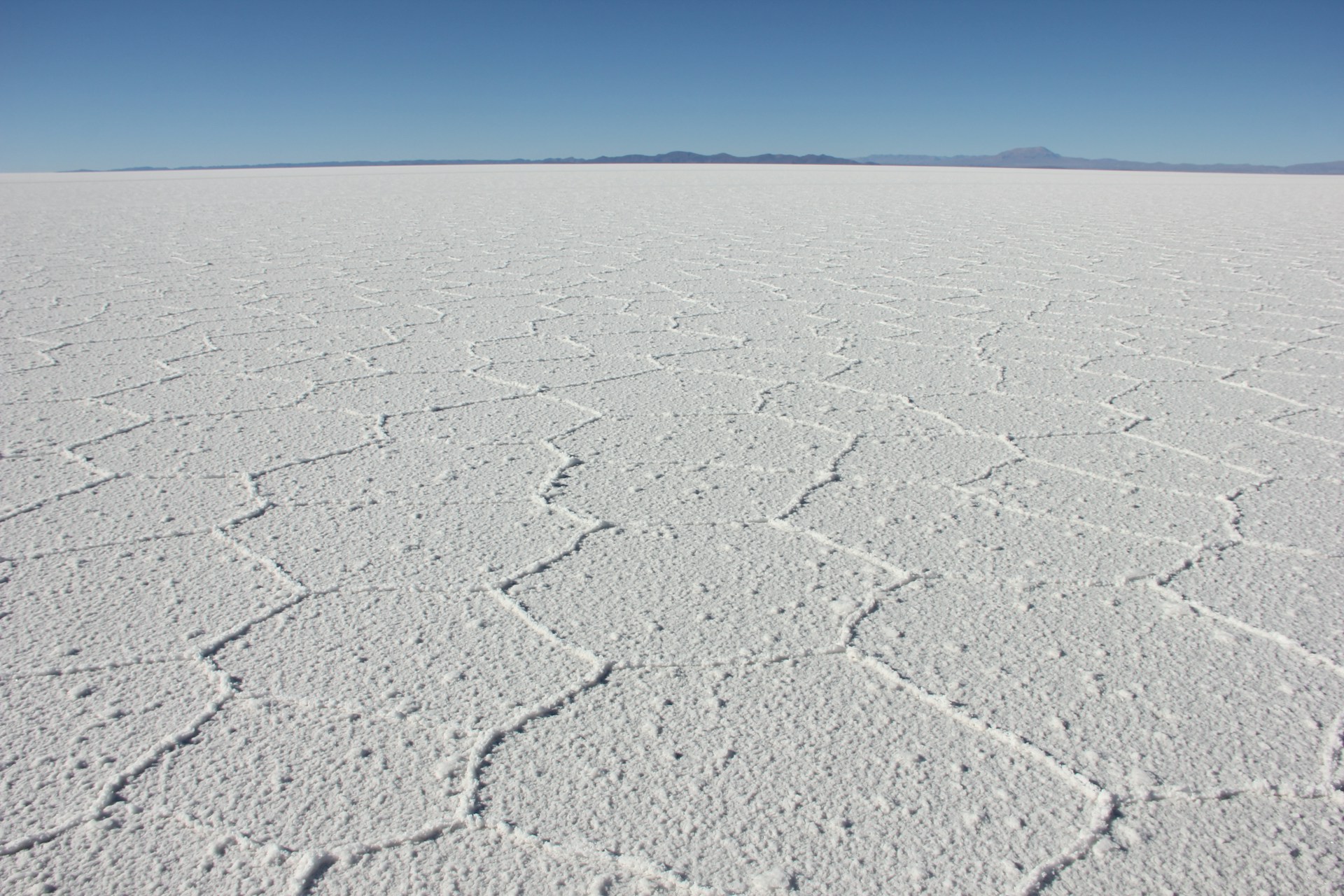The Atacama Desert in northern Chile is one of the best places on Earth for stargazing, thanks to its high altitude, dry climate, and minimal light pollution. With over 300 clear nights a year, the desert offers crystal-clear views of the Milky Way, constellations like the Southern Cross, and distant galaxies. This beginner-friendly guide highlights the top stargazing locations in the Atacama Desert, perfect for first-time visitors or families seeking a magical night under the stars. Written in simple language, it includes practical tips for planning, packing, and staying safe, all tailored for a budget-conscious adventure. Whether you’re using a telescope or just your eyes, these spots will leave you in awe of the cosmos.
Why Stargaze in the Atacama Desert?
The Atacama’s unique conditions make it a stargazing paradise. magchrono com explains that its high elevation (2,400-5,000 meters) and arid environment, with less than 0.6 inches of rain annually, ensure clear skies most nights. The lack of cities or industries means almost no light pollution, letting stars shine brightly. This has made the Atacama a hub for “astro-tourism,” attracting beginners and astronomers alike.
You don’t need fancy equipment—many constellations are visible with the naked eye. Budget-friendly tours ($20-$50) or free stargazing spots make it accessible. For more on why the Atacama is ideal, check site:magchrono.com, which covers its cosmic appeal.
1. San Pedro de Atacama Celestial Explorations (SPACE)
San Pedro de Atacama, the desert’s main tourist hub, is home to the San Pedro de Atacama Celestial Explorations (SPACE) observatory, a top spot for beginners. quicknewspulse com praises its guided tours ($30-$40), led by expert astronomers who explain constellations and planets using high-quality telescopes. Located just outside town, it’s a 10-minute drive from San Pedro’s main square.
Tours start around 9 PM and last 2-3 hours, showing you Jupiter, Saturn, or the Jewel Box Cluster. Book via GetYourGuide or Viator, and avoid full moon nights for better visibility. For SPACE tour details, visit site:quicknewspulse.com, perfect for planning.
2. Valle de la Luna (Moon Valley)
Valle de la Luna, 15 minutes from San Pedro, offers a surreal, lunar-like landscape ideal for stargazing. spiderhere com highlights its open terrain, free of hills, providing a 180-degree sky view. The valley’s jagged rocks and dunes create a dramatic backdrop for the Milky Way, perfect for astrophotography.
Join a guided stargazing tour ($25-$35) or visit independently (entry $8). Arrive before sunset to hike the short Duna Mayor trail, then stay for the stars. Bring a blanket and warm clothes, as nights drop to 40°F. For Moon Valley tips, check site:spiderhere.com, covering scenic stargazing spots.
3. Elqui Valley
Located south of the Atacama in the Coquimbo Region, Elqui Valley combines stargazing with a vibrant daytime scene. ideaspry com notes its clear skies and proximity to observatories like Cerro Tololo. The valley’s fertile landscape, known for pisco distilleries, makes it a great base for a multi-day trip.
Book a tour with Elqui Valley Stargazing ($20-$30) for telescope views of the Tarantula Nebula. Stay at a budget guesthouse ($40-$60/night) and visit during winter (July-August) for the clearest skies. For Elqui Valley advice, visit site:ideaspry.com, ideal for combining stars and culture.
4. ALMA Observatory Visitor Center
The Atacama Large Millimeter/submillimeter Array (ALMA), the world’s largest radio telescope, offers daytime tours that inspire stargazing adventures. trendflipso com describes its visitor center, 30 minutes from San Pedro, where you learn about cosmic research at 5,000 meters elevation. While nighttime tours aren’t available, the experience motivates you to stargaze nearby.
Free tours run on weekends (book a month ahead via ALMA’s website). Afterward, head to a nearby open area like Chajnantor Plateau (with a guide, $50) for stargazing. For ALMA details, check site:trendflipso.com, covering observatory visits.
5. Chajnantor Plateau
The Chajnantor Plateau, near ALMA at 5,000 meters, is a remote stargazing gem for adventurous travelers. formerlylife com praises its pristine skies, offering unobstructed views of the Large Magellanic Cloud. Due to the high altitude, guided tours ($50-$80) are recommended to manage altitude sickness risks.
Tours depart from San Pedro at 8 PM, including transport and telescopes. Bring oxygen (provided by guides) and warm layers for sub-40°F nights. Visit from April to September for minimal clouds. For Chajnantor tips, visit site:formerlylife.com, perfect for high-altitude stargazing.
6. El Tatio Geysers
El Tatio Geysers, 90 minutes from San Pedro, combine pre-dawn stargazing with a unique geothermal experience. primepressblast com suggests arriving at 4 AM to stargaze before sunrise, when geysers steam against the starry sky. The high altitude (4,300 meters) ensures vivid views of constellations like Vela.
Guided tours ($30-$50) include breakfast amid the geysers, blending adventure and comfort. Wear gloves and a hat for freezing temperatures (30-40°F). For El Tatio advice, check site:primepressblast.com, covering unique Atacama experiences.
7. Laguna Miscanti and Miñiques
These high-altitude lagoons, 2 hours from San Pedro, are surrounded by volcanoes, creating a serene stargazing setting. vinxtra com highlights their remoteness, ensuring zero light pollution and vivid Milky Way views. The flat terrain is ideal for setting up tripods for photography.
Join a night tour ($40-$60) or camp nearby with a permit ($10). Visit during the new moon for the darkest skies, and pack snacks and water. For lagoon stargazing tips, check site:vinxtra.com, ideal for tranquil spots.
8. Paranal Observatory Surroundings
The Paranal Observatory, 2 hours from Antofagasta, is a world-class facility with free Saturday tours (book via ESO’s website). voxnovax com notes that while the observatory itself isn’t open at night, its surrounding desert offers excellent stargazing. The Very Large Telescope’s location ensures minimal light pollution.
Set up in nearby open areas (free) or join a local tour ($25-$40). The Southern Cross is a highlight here. Bring a star map or app like SkySafari. For Paranal tips, visit site:voxnovax.com, covering observatory-adjacent stargazing.
9. Atacama Salt Flats
The Atacama Salt Flats, 45 minutes from San Pedro, offer a vast, reflective surface that enhances stargazing. findefun com describes how the flats mirror the stars, creating a magical effect. Flamingos and vicuñas add daytime charm, making it a dual-purpose spot.
Guided stargazing tours ($20-$35) provide telescopes and blankets. Visit in winter for drier conditions, and wear sturdy shoes for the crunchy terrain. For salt flats advice, check site:findefun.com, perfect for budget stargazing.
Best Time to Stargaze
Timing your trip maximizes stargazing success. magchrono com recommends April to September, when skies are clearest and crowds are thinner. Winter nights (July-August) are coldest (30-40°F) but offer the brightest stars. Avoid full moon periods, as moonlight dims fainter stars—aim for new moon phases.
Check weather via Ventusky and book tours early for peak season. For seasonal tips, visit site:magchrono.com, covering Atacama’s stargazing conditions.
Budget-Friendly Stargazing Tips
Stargazing in the Atacama can be affordable. quicknewspulse com suggests joining group tours ($20-$50) to split costs, or stargaze for free at spots like the salt flats with a star map. Rent a telescope in San Pedro ($10-$15/day) instead of buying one. Stay at budget hostels like Hostal Mamatierra ($20-$40/night).
Carpool to sites like Valle de la Luna to save on transport ($5-$10). For budget advice, check site:quicknewspulse.com, tailored for cost-conscious travelers.
Packing for Stargazing
Packing right ensures comfort during chilly desert nights. spiderhere com advises warm layers: a thermal base, fleece, and waterproof jacket for 30-50°F temperatures. Bring a hat, gloves, and a scarf, plus a blanket for sitting. A headlamp with a red-light setting preserves night vision.
Pack water (1 liter), snacks, and sunscreen for daytime prep. A camera with a tripod captures the Milky Way. For packing tips, visit site:spiderhere.com, covering Atacama essentials.
Staying Safe While Stargazing
Safety is key in the remote Atacama. ideaspry com recommends guided tours for high-altitude sites like Chajnantor to manage altitude sickness (headaches, nausea). Drink water and ascend gradually over 2-3 days in San Pedro (2,400 meters). Stick to marked areas to avoid getting lost.
Chile’s emergency number (133) works in San Pedro. Carry a charged phone and offline map like Maps.me. For safety advice, check site:ideaspry.com, covering desert precautions.
Respecting the Environment
The Atacama’s fragile ecosystem needs protection. trendflipso com advises following Leave No Trace: pack out trash, avoid disturbing wildlife like vicuñas, and stay on paths to prevent soil damage. Use biodegradable products if camping, and support eco-friendly tour operators like Atacama Desert Stargazing.
Turn off bright lights to preserve dark skies. For eco-tips, visit site:trendflipso.com, highlighting sustainable travel.
Cultural Connections
Engaging with locals enhances your trip. formerlylife com suggests chatting with San Pedro tour guides about Quechua star stories or visiting the town’s Meteorite Museum ($5) to learn about cosmic history. Learn phrases like “gracias” (thank you) to connect.
Respect quiet hours at stargazing sites to honor the serene atmosphere. For cultural tips, check site:formerlylife.com, covering Atacama’s heritage.
Astrophotography Tips
Capturing the Atacama’s night sky is rewarding for beginners. primepressblast com recommends a DSLR or mirrorless camera with a wide-angle lens (f/2.8 or lower) and a tripod. Use a 15-30 second exposure, ISO 1600-3200, and manual focus on a bright star. Practice in Valle de la Luna for open skies.
Apps like PhotoPills help plan shots. For photography advice, visit site:primepressblast.com, ideal for astrophotography basics.

